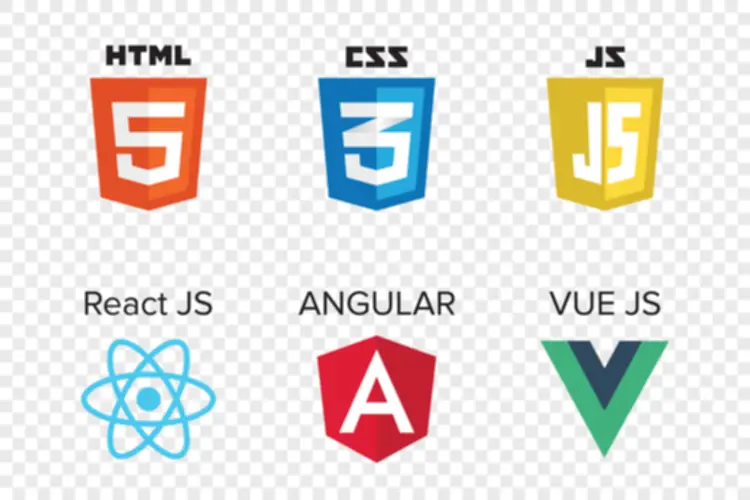Consider the identical situations as above, we are shifting from bottom to high this time. Now, we’re top down testing the smallest module within the first iteration that has no dependency beneath it. But, we could have to have the help of the modules above it to verify whether the response this module is sending above is right. Here, the central module is Module 1, which we should reach finally, and the smaller isolated modules are Module 2 and Module three, and so forth. Module 6 is in all probability not instantly related to Module 1, which we must be cautious about as it might damage the complete testing move.
The Danger Administration Course Of In Project Administration: A Complete Information

Lastly, high down testing is simpler in complexity & data depth as compared to backside up testing. Integration testing offers for the early detection of faults, lowering the cost of an error and rushing up product supply. If you neglect this step, you threat overlooking a serious problem that will degrade the consumer expertise or force you to postpone the discharge date. The Login Page testing has already been carried out beneath Unit Testing, so don’t spend an excessive quantity of time on it right here. Here do not concentrate a lot on the Login Page testing as it’s already been accomplished blockchain development in Unit Testing. Hybrid integration testing is also recognized as Sandwich integration testing.
Integration Testing With Steady Integration Finest Practices
Here priority is to be given for the integrating links somewhat than the unit features which are already examined. When every part or module works independently of an application, we need to examine the dependent modules’ data flow, generally known as integration testing. Step 3 − Then the decrease level components, also called the stubs exchange the upper degree parts sequentially one after the other by following the breadth search or depth-first methodology. Over the course of his 3-year tenure at LambdaTest, he actively contributes to the review means of blogs, studying hubs, and product updates.
Integration Testing Best Practices
These terms (stub & driver) come into the image while doing Integration Testing. While engaged on integration, generally we face a state of affairs where a few of the functionalities are still beneath development. So the functionalities that are underneath improvement might be changed with some dummy programs.
Unit Testing Vs Integration Testing: Key Variations
A ‘Sales Order Printing’ program takes a ‘Sales Order’ as an enter, which is actually an output of ‘Sales Order Creation’ program. Integration testing is an important part of the software development business. Especially since consumer requirements are extremely dynamic and deadlines are limited. Customer requirements could change at any level during the software growth life cycle.

For example, if the movefighter technique has not been written but, a stub such because the one under could be used briefly – which strikes any player to position 1. But, it may appear impossible as a result of it’s hard to imagine how one can take a look at one “piece” if the other “pieces” that it makes use of haven’t yet been developed (and vice versa). We’ve covered everything you need to know about top down and bottom up testing in this article. Below are the totally different strategies, the method in which they’re executed and their limitations as properly advantages. Software Engineering defines variety of strategies to execute Integration testing, viz.

This testing is primarily carried out on software program written in a process or structure-oriented language. The time period “top down” refers to the reality that testing is done from top to bottom, as in from main modules to submodules following the management move of the software. In any software program development methodology, there are entry and exit criteria for the integration testing section. The Integration Test Case is distinct from different test circumstances in that it focuses totally on the interfaces and data/information move across the parts.
- Opt for steady high quality cloud platforms like LambdaTest that present an internet browser farm to run handbook and automated tests on over 3000+ real browsers, units, and OS combos.
- The bottom-up integration testing begins with the construction of the fundamental modules (i.e., lowest stage program elements).
- They don’t implement the entire programming logic of the software module however they simulate knowledge communication with the calling module while testing.
- Essential for Continuous Integration (CI) to ensure small models work as expected.
- During testing, this integrated collection of parts is handled as a single object.
Sandwich Testing (also often identified as Hybrid Integration Testing) is an method by which testers employ each top-down and bottom-up testing concurrently. Essential for Continuous Integration (CI) to make sure small models work as expected. Typically carried out after unit tests and before end-to-end checks as a part of integration pipelines. Helps to determine bugs related to how units work together with one another. Can be slower as a result of must set up and tear down a number of models. Requires a extra elaborate surroundings to host multiple units working together.
It ensures that new code integrates smoothly with the prevailing codebase. Bottom-up approach entails testing bottom-level units first, adopted by the upper-level items testing. In the bottom-up testing approach, take a look at drivers are wanted to simulate higher-level items, which is probably not available during the preliminary phases. Integration testing is the crucial second stage of software testing, assessing how individual parts collaborate to make sure correct functioning and establish defects inside a software program project. As the second stage of software program testing, integration testing ensures parts harmonize flawlessly.
When the system is prepared and the units are successfully examined individually, they are often integrated and examined. The full means of integration testing contains several steps and has a spread of frameworks and continuous integration. The top-down integration testing is an incremental strategy of building a program structure. It incorporates the modules whereas moving downward, starting with the primary management in the hierarchy. Sub-modules are then integrated to the main module using both a depth-first or breadth-first method.
This type of integration testing includes coupling a lot of the developed modules into a bigger system, which is then examined as an entire. Test instances and their results have to be recorded correctly to streamline the integration course of and allow the testing group to achieve its targets. Before a launch, a software program software undergoes various operations like intensive testing, iteration, and exception handling to determine bugs and make the software program business prepared. Integration testing is a major section of the software testing process when testing is completed at the growth stage. First of all, the top down approach utilizes stubs as a temporary replacement for lower modules whereas the bottom up method makes use of drivers to simulate the higher-level modules. The related redundancy is extra in case of the top-down strategy as in comparability with the bottom-up.
Stubs and Drivers are the dummy applications in Integration testing used to facilitate the software testing exercise. These packages act as a substitutes for the lacking fashions within the testing. They do not implement the complete programming logic of the software program module however they simulate information communication with the calling module while testing. Once the module dependency graph is obvious, a tester can perform random integrations, known as the massive bang technique, or logically be part of the modules one by one, known as the incremental methodology. This guide by Harish Rajora covers one of many kinds of incremental testing called top down, where we move ahead, ranging from the main module and ending with the smallest sub-modules.
Each sort has its forces and feeblenesses, and your chosen type will depend in your unique needs, ends, and functions. Bottom-Up Integration Testing starts with lower-level modules (subcomponents) and progresses to higher-level modules (main components). Top-Down Integration Testing begins with the higher-level modules (main components) and progressively integrates and tests the lower-level modules (subcomponents). The forms of integration testing embody top-down testing, bottom-up testing, sandwich testing, and bi-directional testing. Each type focuses on a specific method to integrating and testing components.
Transform Your Business With AI Software Development Solutions https://www.globalcloudteam.com/ — be successful, be the first!

